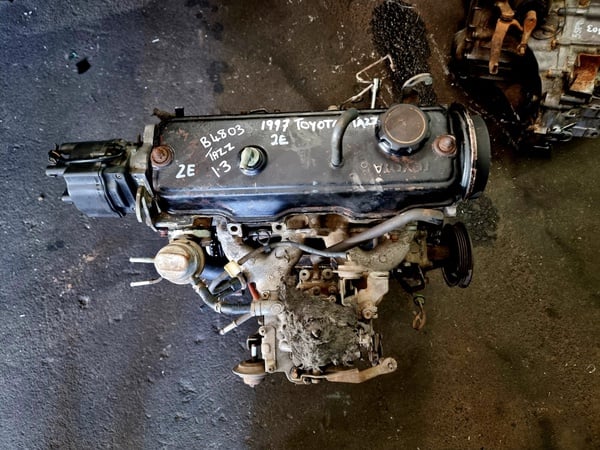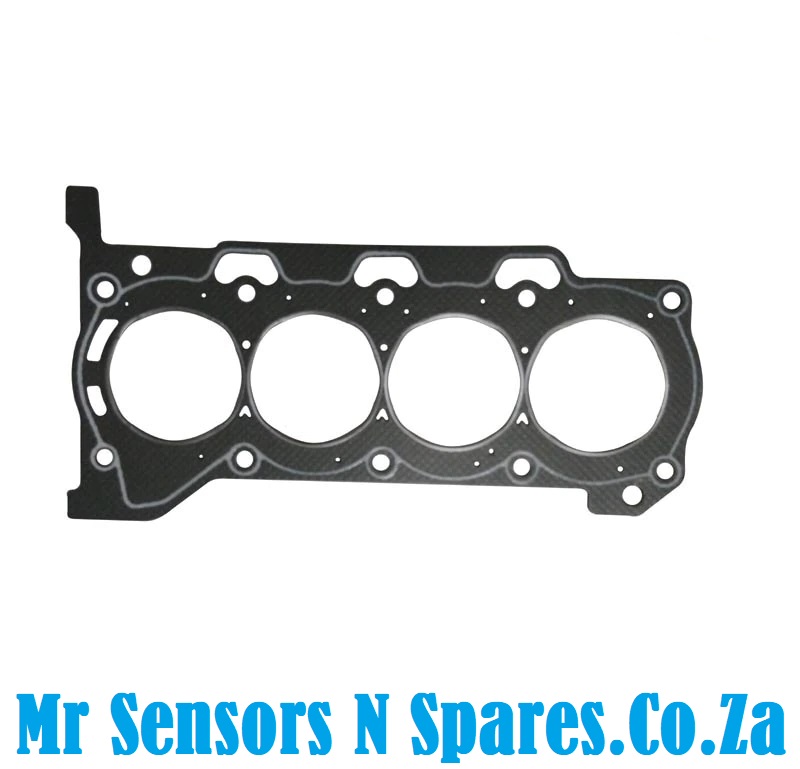Discover the most up to date Patterns in Engine Modern Technology With Tazz
In the swiftly advancing landscape of automobile modern technology, Tazz stands at the center, highlighting substantial developments in engine systems that focus on both technology and sustainability. tazz. From hybrid engines that enhance gas performance to the introduction of hydrogen gas cells, the patterns forming contemporary powertrains are not just enhancing efficiency but likewise attending to critical environmental difficulties. As the industry remains to push borders, it is vital to consider just how these growths will influence future transport remedies and the broader ramifications for international energy usage. What exists ahead in this pivotal makeover?
Crossbreed Engine Innovations
Crossbreed engine innovations stand for an essential shift in vehicle innovation, incorporating the benefits of inner combustion engines with electrical propulsion systems. This integration not only improves gas efficiency but additionally lowers discharges, meeting progressively rigorous environmental laws. By utilizing both power sources, hybrid engines can enhance efficiency, delivering power when required while saving fuel throughout less demanding driving conditions.
Current improvements in crossbreed innovation consist of improvements in battery effectiveness and regenerative braking systems. These developments enable for higher energy healing during deceleration, which can be redirected to assist in acceleration or power accessory systems. Moreover, makers are focusing on small styles and lightweight materials to optimize the effectiveness of hybrid powertrains.
The growth of plug-in crossbreeds has also expanded the market, making it possible for motorists to bill their cars utilizing basic electric outlets. This feature commonly permits for considerable all-electric array, more decreasing reliance on standard gas. tazz. As the automotive market remains to advance, hybrid engine innovations are expected to play a critical role in bridging the space between standard cars and fully electric designs, supplying a transitional option that deals with diverse consumer needs and preferences
Advancements in Electric Powertrains
The vehicle landscape is quickly advancing, with electrical powertrains becoming a leading pressure in lasting transportation. Advancements in electrical automobile (EV) innovation are substantially improving performance, effectiveness, and customer experience. Secret innovations include improvements in battery chemistry, which have actually raised power thickness, minimized charging times, and prolonged overall battery life.
Solid-state batteries, for instance, assure to reinvent the market by offering better safety and security and efficiency compared to typical lithium-ion cells. Improvements in regenerative stopping systems are making it possible for lorries to recuperate energy during slowdown, adding to overall performance.
In enhancement to battery innovation, electric motor designs are coming to be a lot more innovative. Advancements such as integrated motors and progressed thermal administration systems are aiding to enhance power shipment and lower weight, inevitably improving lorry dynamics.

Collectively, these advancements underscore the dedication to shift in the direction of cleaner, much more effective transport remedies, click reference positioning electrical powertrains at the leading edge of auto technology.
The Rise of Hydrogen Gas Cells
Progressively, hydrogen fuel cells are gaining grip as a viable alternative to typical inner burning engines and battery electrical vehicles. This modern technology harnesses the chemical power saved in imp source hydrogen, converting it into electricity through an electrochemical response with oxygen. The key byproduct of this procedure is water, making hydrogen gas cells an environmentally friendly choice with no emissions at the tailpipe.

Automakers are progressively buying hydrogen fuel cell modern technology, acknowledging its potential for long-range applications and quick refueling capacities that measure up to traditional gas. Additionally, fields such as sturdy transport and public transportation are especially well-suited for hydrogen fuel cells, where battery electrical solutions might fail as a result of weight and range restrictions.
As research study and investment remain to broaden, hydrogen gas cells are poised to play a considerable duty in the future landscape of clean transport and energy remedies.
Enhancements in Internal Combustion Engines
Technologies in internal combustion engine (ICE) technology are transforming conventional automobiles to fulfill modern-day ecological criteria and performance assumptions. Direct gas injection, for instance, enables for far better atomization of fuel, leading to more total burning and improved power outcome.
In addition, turbocharging has gained prestige, permitting smaller engines to provide higher efficiency without the weight of bigger engines - tazz. This technology not just increases effectiveness however also adds to reduce fuel consumption. Variable shutoff timing systems are additionally being fine-tuned, allowing engines to adapt to various driving conditions for enhanced torque and responsiveness
Moreover, using light-weight products in engine building and construction is ending up being basic, additional boosting gas efficiency by reducing overall car weight. Engine control devices (ECUs) are progressively advanced, enabling real-time adjustments that enhance performance and emissions.
These enhancements collectively symbolize a crucial shift company website in ICE modern technology, straightening with global sustainability goals while still offering the efficiency chauffeurs anticipate from their automobiles. As the industry advances, these renovations proceed to shape the future of typical automotive design.
Future Fads in Engine Effectiveness
Considerable developments in engine performance are expected as makers concentrate on integrating cutting-edge modern technologies to fulfill rigorous ecological regulations and customer demands. The shift towards electrification, crossbreed systems, and alternative gas is improving the automobile landscape, driving advancements that enhance fuel economic situation and minimize discharges.
Among the key trends is the application of innovative products and manufacturing strategies. High-strength alloys and light-weight composites add to minimized automobile weight, thus improving total efficiency. In addition, the fostering of turbocharging and variable shutoff timing innovations enables enhanced power result from smaller sized engines, better boosting fuel economy.

Conclusion
Finally, the expedition of engine innovation exposes significant improvements that focus on sustainability and effectiveness. Developments in hybrid engine systems, electrical powertrains, and hydrogen gas cells demonstrate a dedication to decreasing emissions while improving efficiency. Enhancements in inner burning engines and an emphasis on lightweight products add to total engine effectiveness. As the auto sector remains to evolve, these trends will play a crucial duty in shaping a cleaner and even more sustainable future for transport.
From crossbreed engines that enhance gas efficiency to the emergence of hydrogen fuel cells, the patterns shaping contemporary powertrains are not only improving performance yet also dealing with vital ecological challenges.Crossbreed engine technologies stand for a crucial change in auto technology, incorporating the advantages of interior burning engines with electrical propulsion systems.In addition, turbocharging has obtained importance, allowing smaller engines to supply greater efficiency without the weight of bigger engines. In addition, the fostering of turbocharging and variable valve timing technologies permits for improved power result from smaller sized engines, better enhancing gas economy.
Renovations in internal burning engines and an emphasis on lightweight products contribute to general engine performance.